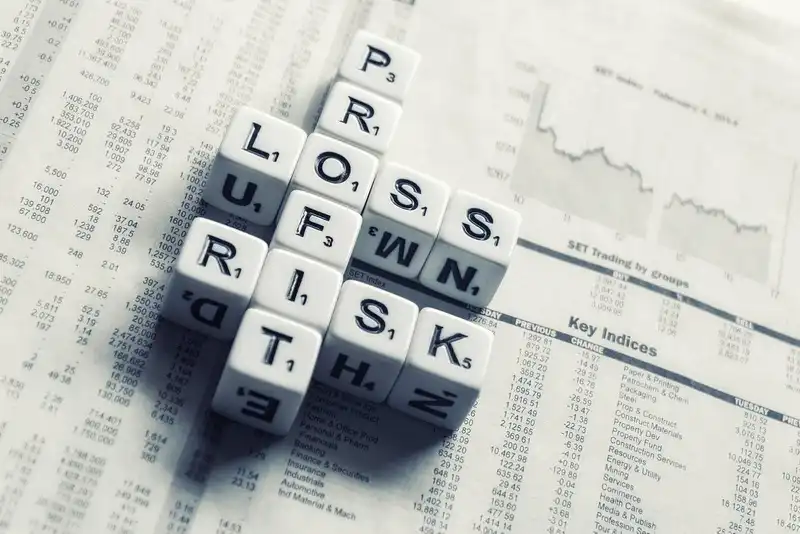Utilize a Profit Margin Calculator to Manage Restaurant Costs

Key Factors to Calculate Your Profit Margin
The restaurant industry is known for its razor thin profit margins and low long term success rates. In fact, the average restaurant profit margin falls between 2-6% with a full service restaurant generally lower and a quick service restaurant generally higher on the scale.
There are many factors to consider when calculating your restaurants profit margin ranging from fixed costs to total sales achieved. Restaurant owners should always seek to increase their sales and find creative ways to do so.
For instance, menu engineering that encourages the sale of high profit margin menu items can increase sales and the overall profit margin for your restaurant. Increasing sales can also be accomplished through upselling tactics by servers.
With ever evolving restaurant technology such as online ordering and social media marketing, there are virtually endless opportunities for increasing sales at your restaurant. While businesses traditional aim to increase sales by 4% a year, restaurant industry businesses may realistically aim for a lower benchmark.
The cost of goods sold should not exceed 30% of your sales, nor should labor costs breach the same 30% benchmark. Many successful restaurants aim to keep labor costs and cost of goods sold at no more than 55% combined.
Controllable expenses ranging from utilities to staff uniforms should not exceed 5-8% of sales. Fixed costs such as taxes or rent should not exceed 30% of your sales. However, it is important to consider restaurant location as some locations will necessitate more expensive rent costs than others.
Marketing is an essential investment in the future of your restaurant that is too often overlooked. Proper marketing can help expand your customer base and increase total sales at your restaurant.
Restaurants normally allocate 4-12% of their budget on marketing costs. A marketing budget that falls in the 5-8% range is considered to have the best return on investment.
Calculating Your Profit Margin
It is important to know the difference between a gross profit margin and a net profit margin. A gross profit margin is the difference between the selling price and the cost of goods sold and is oftentimes abbreviated as COGS.
Subtracting the cost of goods sold by total sales provides restaurant owners with a gross profit margin figure. The net profit is whatever remains from the gross profit after restaurant operating expenses are deducted.
Operating expenses include a wide range of costs, from labor costs to the food cost of menu item ingredients. In order to calculate net profit margins you need the following information-
- Sales revenue
- Expenses
- Gains
- Losses
Thankfully restaurant technology has made calculating your restaurant's profit margin easier than ever before. Manually calculating restaurant financial statistics take an exorbitant amount of time and labor cost dedication.
Manual calculations are often menial tasks that decrease employee satisfaction and engagement levels which may negatively affect your employee turnover rate. Restaurant technology including pos systems and profit margin calculators decreases human error and ultimately optimizes restaurant management processes.
Increasing Restaurant Profit Margins

Luckily, there are many ways for restaurant owners to increase sales and raise your restaurant profit margin. Some best practice tips for increasing sales and profit margins of your restaurant include-
1. Increased table turnover- A restaurants table turnover rate makes a huge impact on its profit margins. An optimized turnover rate requires finding a balance between serving as many customers as possible but also avoiding making customers feel rushed.
Customers should feel comfortable and satisfied with their experience at your restaurant. When they are, they are more likely to spend more money per visit and become repeat customers.
However, if customers spend too long at your restaurant, especially when they are no longer purchasing menu items they are decreasing your sales capabilities.
2. Optimize serving and seating- Staff members who seat and serve guests more quickly are a great way to increase your turnover rate while also optimizing the customer experience. Make sure to provide staff members with the proper restaurant technology including a pos system that is compatible with other restaurant software.
3. Menu engineering- Increase sales of a specific menu item by up to 30% with menu engineering techniques. Changes in menu designs can increase sales of certain menu items and increase net profit overall.
Some studies estimate that menu engineering can increase profits by up to 20%. Menu engineering that focuses on boosting the sale of high profit menu items will increase bottom line profitability.
4. Menu pricing- Keep restaurant food cost percentage between 28-35% to maximize restaurant financial health. If a menu item has a food cost above the 28-35% range then it is underpriced.
Make sure to account for overhead expenses throughout the menu pricing process. If you are worried about increasing menu item prices, consider lowering food costs by finding a more competitive vendor.